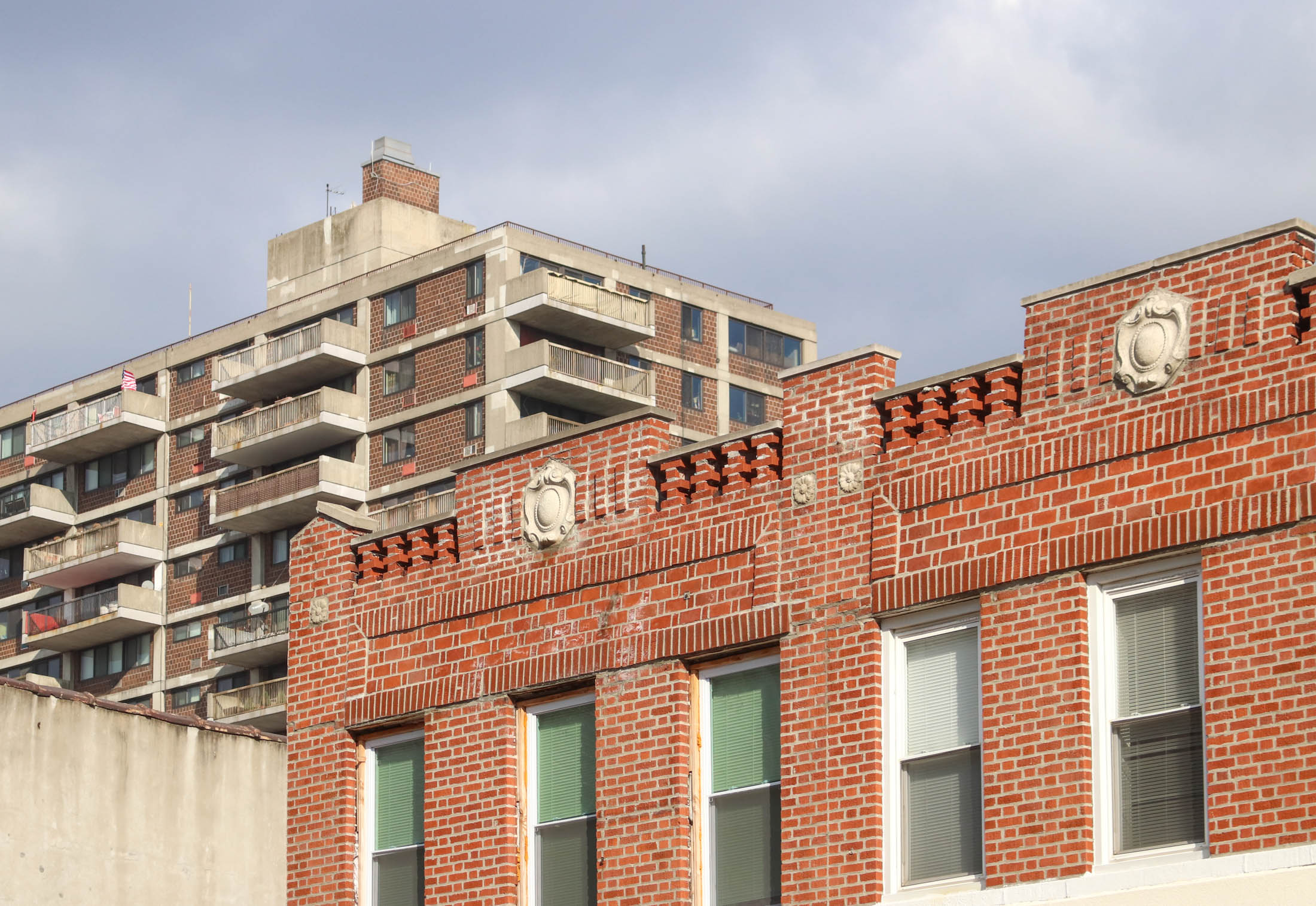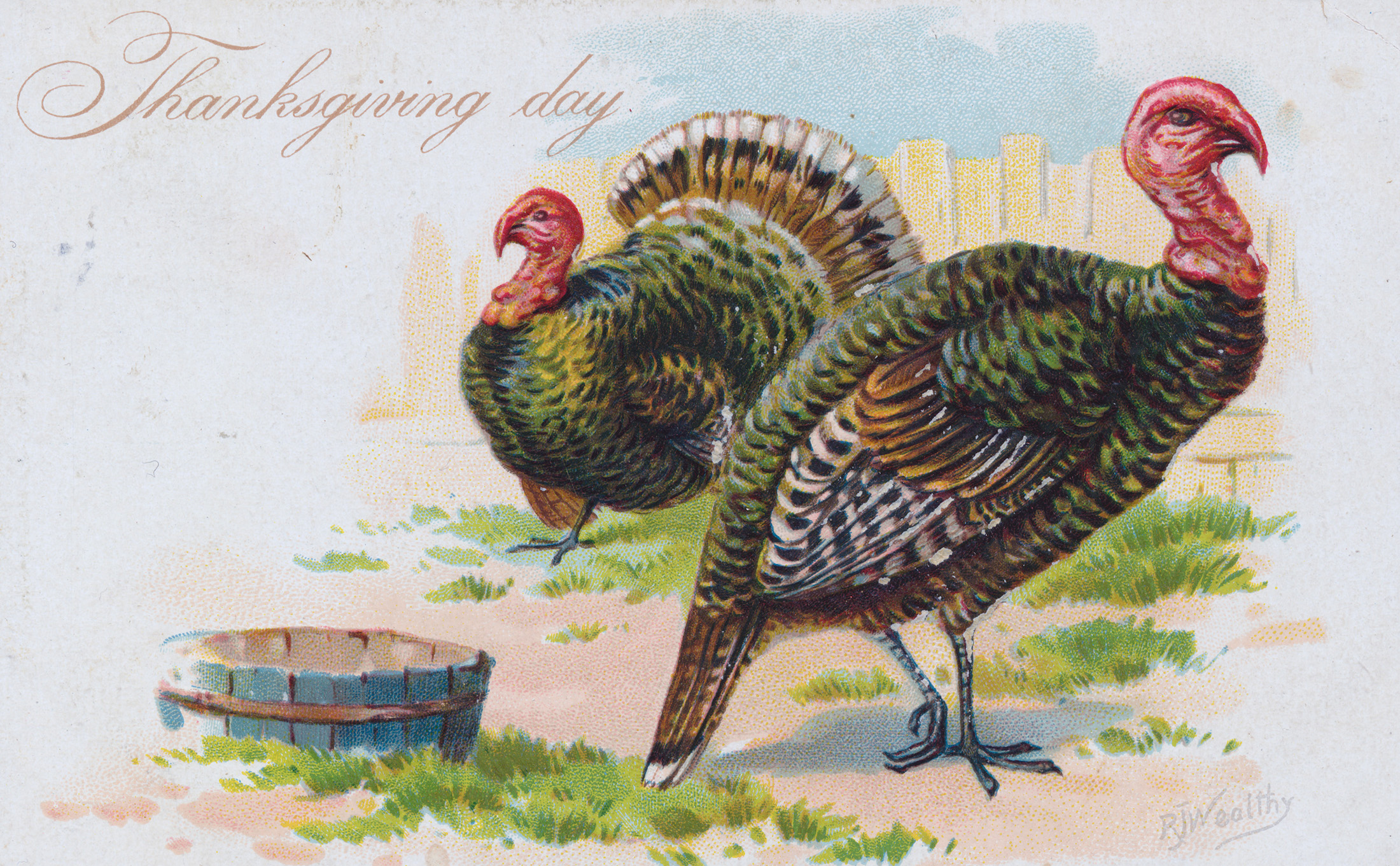Little Boxes, Big Slums
So what happens when McMansions all over the country are downgraded in status and price to the dollar menu? According to an article in The Atlantic, it means we’re witnessing a huge shift in where Americans are choosing to live. The piece, by Brookings Institution fellow/Arcadia Land Company honcho Christopher B. Leinberger, racks up fact…


So what happens when McMansions all over the country are downgraded in status and price to the dollar menu? According to an article in The Atlantic, it means we’re witnessing a huge shift in where Americans are choosing to live. The piece, by Brookings Institution fellow/Arcadia Land Company honcho Christopher B. Leinberger, racks up fact after fact to support the theory that the suburbanization of the U.S. has run its course:
For 60 years, Americans have pushed steadily into the suburbs, transforming the landscape and (until recently) leaving cities behind. But today the pendulum is swinging back toward urban living, and there are many reasons to believe this swing will continue. As it does, many low-density suburbs and McMansion subdivisions, including some that are lovely and affluent today, may become what inner cities became in the 1960s and ’70s—slums characterized by poverty, crime, and decay.
Leinberger argues that as cities have increased in cachet over the past decade or so, builders have gone gangbusters on the suburbs, leading to overdevelopment in non-urban areas and huge price premiums in our cities. One demographer he cites forecasts a “likely surplus of 22 million large-lot homes forecasts a likely surplus of 22 million large-lot homes (houses built on a sixth of an acre or more) by 2025—that’s roughly 40 percent of the large-lot homes in existence today.” There are plenty of good reasons to believe cities—and manufactured, urban-esque “lifestyle centers” outside of cities that include walkable streets and retail clusters—will only continue to grow in popularity. For example, Leinberger notes that by 2025 there will be an equal number of single-person households as families with children. The whole article is well worth a read, though it oddly doesn’t address the possible racial ramifications of a suburbia-as-slum/cities-of-gold cultural shift. Still and all, it’s a sobering look at how the McMansion developments of today may be the poverty-stricken badlands of tomorrow.
The Next Slum? [The Atlantic]
Photo by bob.





“NJ is the wealthiest state in the US”
New Jersey dropped to number 3 last year.
Maryland is number 1.
Connecticut is number 2.
New Jersey is at the moment, bankrupt.
This article is actually a few weeks old – it makes some valid points but I think it is way overstated if people believe that all or most ‘suburbs’ will become slums. Many suburbs have a lot going for them and will thrive. Even in Europe, suburbanization is continuing and even growing.
That being said there is certainly alot of things that point to urban living as being more popular in the future. ie. Energy costs, environmental factors, mass transit etc….
Yet I wonder how the apparently anti-development (at least anti-density) folks who seem to congregate here expect that we will be able to deal with the increased population that will inevitably be staying and moving to the city if these trends hold up.
“I doubt the suburbs within a 30-40 mile radius of NYC will experience a downturn.”
The close in suburbs of NYC have ALREADY seen home prices slide by as much as 20%. They will continue to fall for another year or possibly two.
Lots of those people left recently for the burbs and will now owe more than their house is worth. I think that’s a problem.
The West is headed for a terrible drought. It’s already started. I love the West, had family in NM, and it’s so sad but people there need to get out now. Mainly because they need to reduce the population so the insane water consumption can stop.
agree that phoenix is scary, and always has been, imo.
the west in general is kinda sucking it right now, especially certain parts of ca, nevada and nm.
we’re lucky to live in nyc.
I doubt the suburbs within a 30-40 mile radius of NYC will experience a downturn. As in, the entire metro area.
1) They’re directly tied to NYC’s prosperity and people who work in NYC will often choose consciously to live in the ‘burbs 2) NJ is the wealthiest state in the US and also has some of the lowest unemployment and one of the most diverse “21st century” economies in the world and 3) Connecticut and parts of Upstate NY are getting big chunks of the NYC economy that are being outsourced due to costs (a lot of creative and media work are being sent to those states).
Plus, the suburbs have 0 crime rates, great free schools, housing that can be as old and beautiful as the nicest neighborhoods in Brooklyn, plus easier commutes to Manhattan, etc. etc. For people who moved to NYC from the Midwest or whatever, there’s a lot out there you’d only know if you’re actually from here.
So, while I’m sure Brownstoner meant to imply the suburbs of New York in this post, they’re completely irrelevant to what this article is discussing.
I was visiting a friend in Phoenix last month and it’s SCARY there.
The subdivision they lived in…I’d say 1/4th of the homes never sold and another 1/4th are in foreclosure with maybe 1 in 10 homes boarded up.
This was a place that two years ago was perfectly lovely in that god awful suburban way.
Now it’s a ghost town and no one knows what to do or where to go.
11:59 here again. I meant to say much older examples.
they do make a case by giving current subdivisions where this phenomenon is happening, but only recently.
OMG that’s a hilarious image, 11:57.
But turning those subdivisions into white-collar prisons may be a good idea. Seriously.